
Subaru Outback Estate (2009-2014) engines, drive and performance
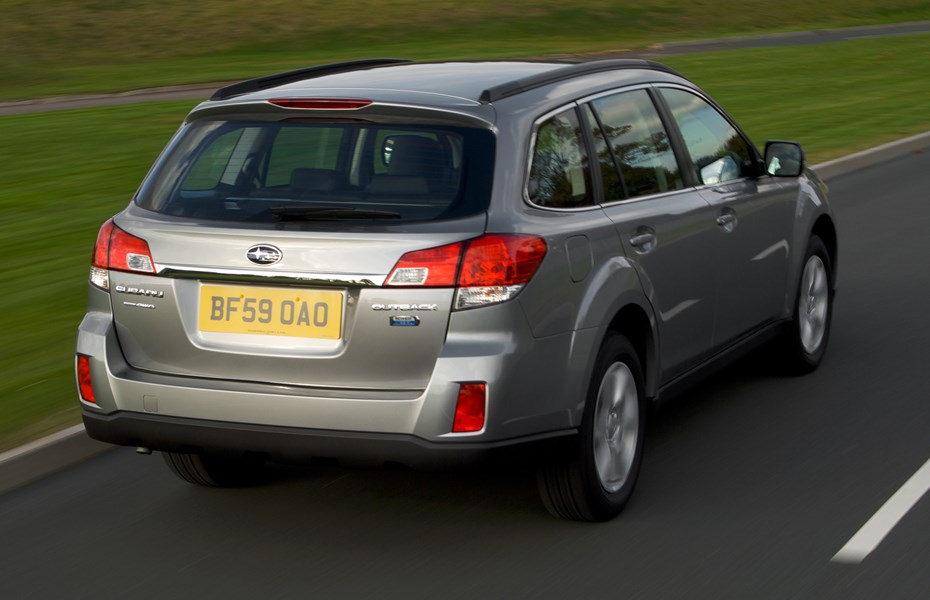
From the November 2013 facelift, the only engine available was the 2.0-litre turbo diesel. Demand for the 2.5-litre petrol dropped and it went the same way as the 3.6-litre petrol which was deleted from the range not long after launch.
For the first time the diesel was also available with the Lineartronic CVT transmission in addition to the standard six-speed manual.
Whichever gearbox was chosen, power and torque figures remained identical,
Like all Subarus (with the exception of the small Justy hatchback) the Outback is fitted with all-wheel drive as standard that gives extra traction – reassuring in the wet and incredibly useful in snow and ice.
There are different systems, depending on the engine, but the most popular 2.0D version has a limited slip differential, so when a front wheel or rear wheel slips, it increases power to the other wheels to ensure traction.
In everyday motoring the Outback is easy to drive with responsive steering, but on more demanding roads there’s a distinct lack of weight and feel through the wheel, so it’s rarely involving.
It also lacks poise in tight corners too where the front feels heavy and lacks grip. However, all models come with a stability system called VDC (or vehicle dynamics control) which prevents the car going out of control in a skid by braking individual wheels or reducing engine power.



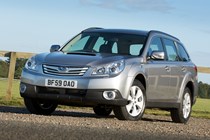

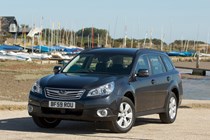

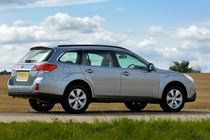
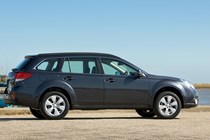
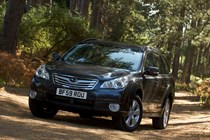
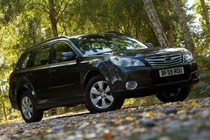
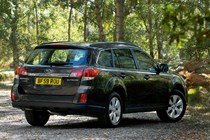
.jpg)
.jpg)
.jpg)
.jpg)

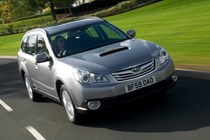
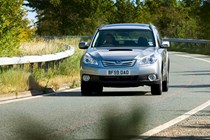
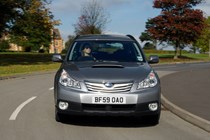
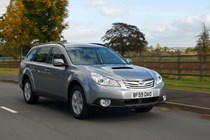
.jpg)
.jpg)
.jpg)
.jpg)
.jpg)
.jpg)
.jpg)
.jpg)

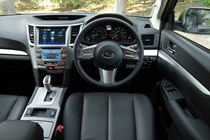
.jpg)
.jpg)
.jpg)
.jpg)
.jpg)
.jpg)
.jpg)
.jpg)
.jpg)
.jpg)
.jpg)
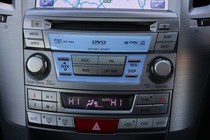


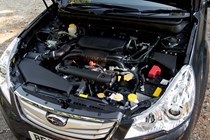
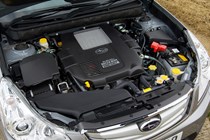










.jpg?quality=50)
.jpg?quality=50)
.jpg?quality=50)
.jpg?quality=50)





.jpg?quality=50)
.jpg?quality=50)
.jpg?quality=50)
.jpg?quality=50)
.jpg?quality=50)
.jpg?quality=50)
.jpg?quality=50)
.jpg?quality=50)


.jpg?quality=50)
.jpg?quality=50)
.jpg?quality=50)
.jpg?quality=50)
.jpg?quality=50)
.jpg?quality=50)
.jpg?quality=50)
.jpg?quality=50)
.jpg?quality=50)
.jpg?quality=50)
.jpg?quality=50)




